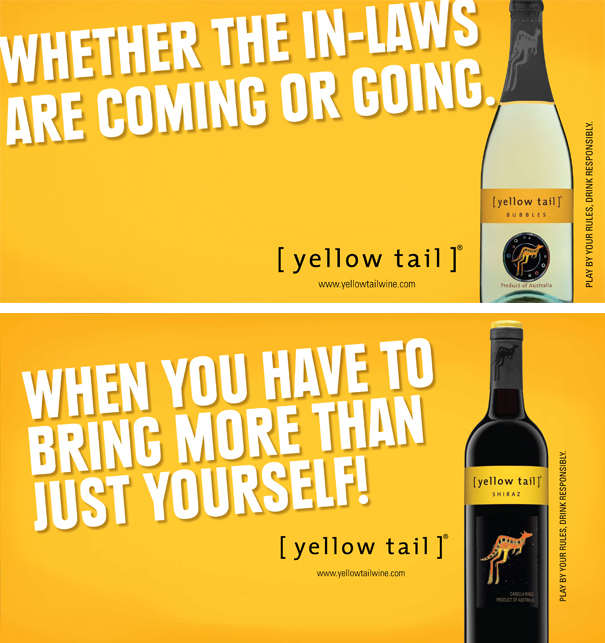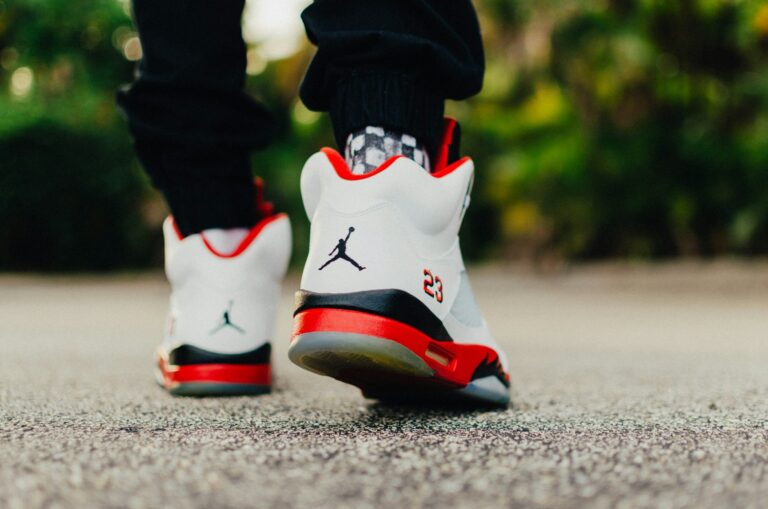If you’re a marketer or an entrepreneur, you’ve probably heard about the concept of brand positioning. But if you feel like this concept remains too abstract and unclear, then this article is for you!
Today I’m going to define the concept with simple words and show you how to use it to create a powerful brand.
Proven Systems for Business Owners, Marketers, and Agencies
→ Our mini-course helps you audit and refine an existing brand in 15 days, just 15 minutes a day.
→ The Ultimate Brand Building System is your step-by-step blueprint to building and scaling powerful brands from scratch.
Table of Contents
Brand positioning – a simple definition:
Brand positioning has been defined by Kotler as “the act of designing the company’s offering and image to occupy a distinctive place in the mind of the target market”.
In other words, brand positioning describes how a brand is different from its competitors and where, or how, it sits in customers’ minds. A brand positioning strategy, therefore, involves creating brand associations in customers’ minds to make them perceive the brand in a specific way.

Why is brand positioning important?
By shaping consumer preferences, brand positioning strategies are directly linked to consumer loyalty, consumer-based brand equity, and the willingness to purchase the brand. Effective brand positioning can be referred as the extent to which a brand is perceived as favorable, different and credible in consumers’ minds.
How to find a powerful brand positioning (3 simple steps)?
Step 1: In order to create a unique and successful positioning for your brand, you need to analyze the following:
- Understand what your consumers want
- Understand what your company’s and brand capabilities are
- Understand how each competitor is positioning their brand
Step 2: Once you’ve done that, you will need to choose a positioning statement that:
- Will resonate with your consumers
- Can be delivered by your company (capabilities)
- That is different from your competitors
An easy way to define a brand positioning statement is to summarize it in three words. For example, “vegan, traditional & feminine”. Try not to choose generic words such as “quality-products, unique, successful” because this is the aim of every brand.
Step 3: The remaining challenge is to then reflect this brand positioning in everything that you do (brand personality, packaging design, product, service, visual identity design, communications, etc).
Example
A great example of a powerful brand positioning is the one of Australian Yellow Tail Wines. Their objective was to enter the US market and to be perceived very differently from the vast majority of wine brands, which all sell complicated products with sophisticated and hard-to-understand wine terminology. Yellow Tail focused their positioning strategy on being perceived as
“approachable, easy-to-choose, and fun”.
This is how they achieved this brand positioning:
- The product: Yellow Tail developed a wine that is soft and sweet in taste and as approachable as beer and ready-to-drink cocktails. It resulted in an easy-drinking wine that did not require years of experience to develop an appreciation for it.
- The name: A fun and adventurous name that represents the tail of a Kangaroo (as a reference to the Australian origins).
- The visual identity: Designing a fun, colorful, and unintimidating packaging design without complicated enological terms.
- The communication strategy: Focusing their communication on in-store activities with the brand ambassador that helped the product to be perceived as approachable and funny/down-to-earth ads.
- The price: Offering a price of less than $10 to fit be perceived as “approachable” and being used at every festive occasion.

Did this article help you understand the meaning of brand positioning? Do you know other brands that excelled at finding a great brand positioning?
References (academic sources):
– Kotler, P., 2003. Marketing Management. 11th ed. Englewoods Cliffs, NJ: Prentice-Hall.
– Fuchs, C. & Diamantopoulos, A., 2010. Evaluating the Effectiveness of Brand-Positioning Strategies from a Consumer Perspective. European Journal of Marketing, 44(11/12), pp. 1763-1786.











Just one comment: one of the problems faced by companies that are already established in the mind of the consumer is that they forget to review the place from which they depart when repositioning. Perform a positioning exercise following the guidelines outlined in this article, but fail because they do not take into account that the client already has an experience in relation to them. In short, I must not only know and define the needs of customers, I have to take into account how they perceive me in relation to those attributes
Thanks Gabika! I totally agree with your comment. The article was designed for new brands that were not yet on the market. Existing brands that want to create a new positioning, should indeed consider how the brand is already perceived by current consumers.
Thank
The thing about brand positioning is that it shouldn’t really be so much about an image that you erect between yourself and the client, as about the relationship between you and your clients.
So I’d totally agree that brand positioning is about determining where you sit in client’s minds – but it has to take an active, dynamic role, not a passive one. You need your brand to be actively engaging and empowering your customers, not just passively attracting them.
I’m not saying this very well – you can read a better expression of it here: https://enablewebdesign.com/the-6-steps-to-an-exciting-human-centered-brand-strategy/
Nice post.
very nice post, i certainly love this website, keep on it
Hi there! Such a great article, thank you!
a very detailed write up great!
Thank you for share such useful information.
Hi, when was this article written?
For academic referencing purposes it would be useful if you provided your surname
Hi Jax, please refer to the following guide: https://apastyle.apa.org/learn/faqs/web-page-no-author. Good luck with your studies! :)
Great job on this article! It demonstrates how much creativity, strategy, and effort actually goes to produce such a unique logo and branding.
Great job on this article! It demonstrates how much creativity, strategy, and effort actually goes to produce such a unique logo and branding.
I believe your article on the Yellowtail Brand position is a retrospective Strategy…
The designer of Yellowtail sold the design for $300 to the Casella Family who owns Yellowtail.
They were lucky to break into the US market following the reverse buyout of Penfolds by Rosemount Wines who parted company with the Penfolds distributor…therefore they were the right company with the right product at the right time to seize a rare opportunity.
There was nothing strategic about their success and even less so with their brand positioning….these were the style of wine that Casella made. This was one of the luckiest breaks a wine Company ever had!
This article is superb.
This is easy to understand and very helpful for me.
Thank you so much for sharing your knowledge.